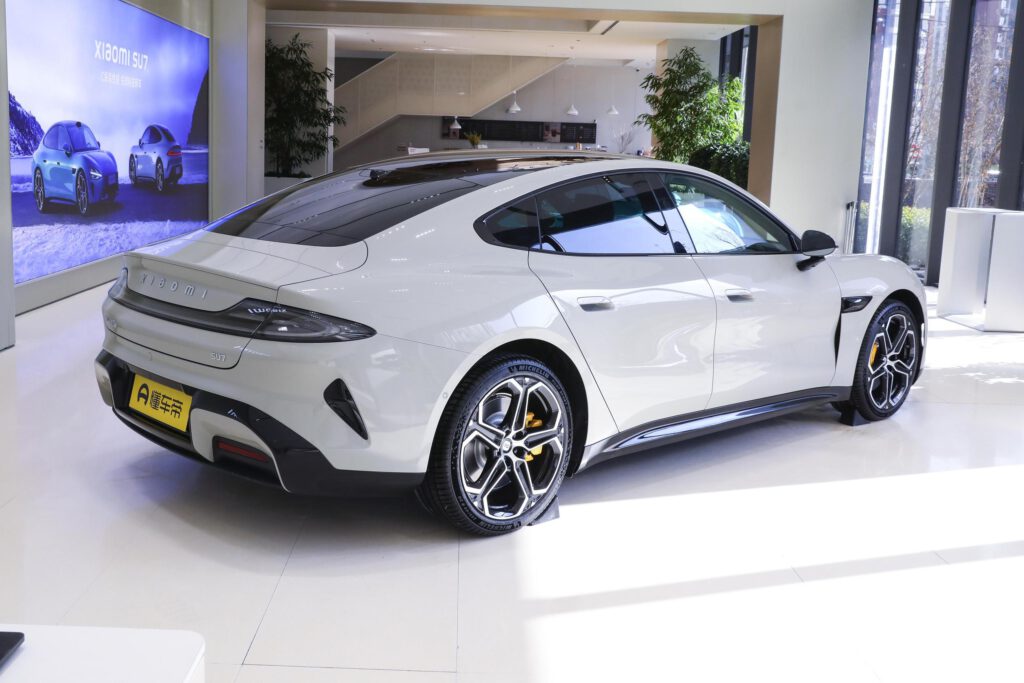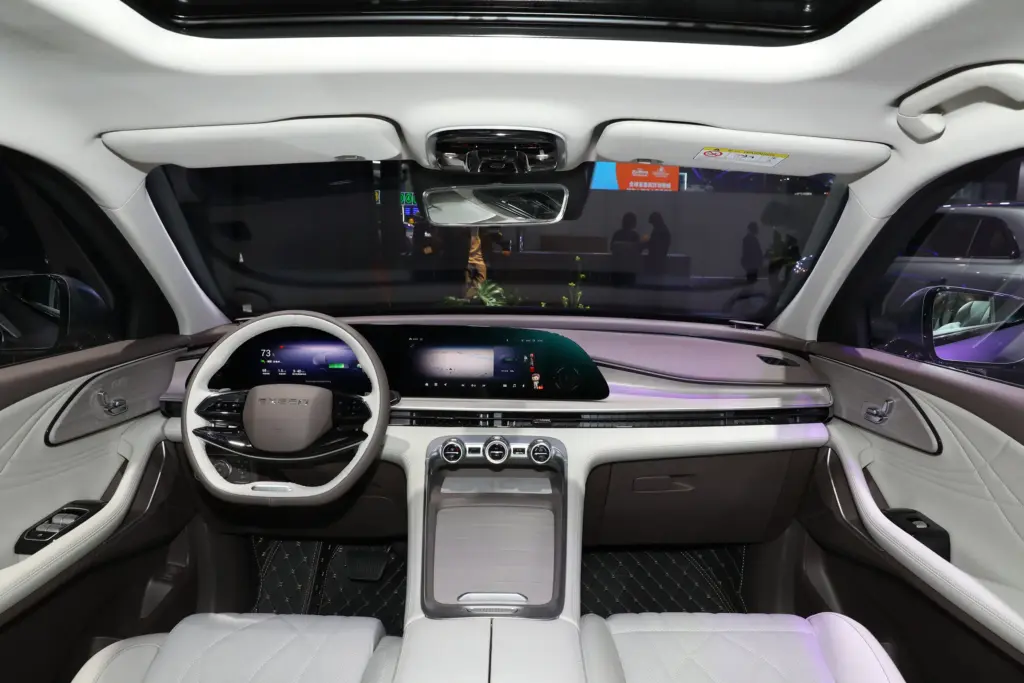
Under the constraints of global resources and the environment, the energy situation is gradually becoming more severe. The energy pattern is in need of urgent change, and energy security is also deeply affected.
In order to solve the energy and environmental problems brought about by rapid economic development, in recent years, China has repeatedly formulated national, regional, and sectoral energy strategies and environmental protection strategies.

However, in the process of jointly promoting energy security and the “dual carbon” goal, the rapid emission reduction strategy also brings certain energy security risks to China.
At this stage, China’s energy security is no longer simply to ensure the security of energy supply, but also focuses on the ecological environment, sustainable development, and other issues.

Carbon emissions mainly come from the combustion of fossil energy. In order to achieve the “double carbon” goal, China is bound to take the road of energy transition from fossil energy to renewable energy. China’s resource endowment determines that the current stage of China’s energy supply and consumption are dominated by coal. In order to ensure social stability and the country’s long-term peace and security, it is difficult to change the energy structure dominated by coal for the time being.
To guarantee the security of coal and energy supply, the realization of the “dual carbon” goal still needs to take energy security as the cornerstone and the proper utilization of coal as the main way. There are two modes of coal clean and efficient utilization: clean coal utilization and application of coal substitution.

The relationship between guaranteeing energy security and realizing the “dual-carbon” goal is complicated, and China is facing many problems such as late start, heavy task, and short window period in realizing the “dual-carbon” goal, which further increases the expected goal of China’s energy security and supply stability pressure.
Traditional fuel vehicles rely on petroleum resources, the collection, transportation, and use of which generate large amounts of carbon emissions and environmental pollution, making it difficult for fuel vehicles to simultaneously safeguard energy security and achieve the “dual-carbon” goal.

Hence, China has promoted the change of electric vehicles to replace fuel vehicles. On the one hand, electric vehicles, as clean products, use electricity instead of fossil energy to burn, and therefore have lower carbon emissions. On the other hand, electric vehicles use batteries to store energy and do not require fuel, reducing dependence on oil and thus improving the security of energy supply. Therefore, electric vehicles are expected to become one of the important means to realize the “dual-carbon” goal and ensure energy security.
In the process of social and economic development rate adjustment, the dynamic correlation between the energy system and the environmental system is called the internal stability challenge of the “3E” system.

According to the theory of Sustainable Development Triangle, the emergence of energy consumption and environmental pollution is unavoidable in the rapid economic development. In order to alleviate environmental problems, the government should implement a “dual-carbon” policy, which is a strategy to reduce emissions mainly from the energy sector, and to seize the opportunity to transform, that is to say, environmental problems are often closely related to energy problems.
Nonetheless, the energy transition should be based on the premise of maintaining energy security. However, the realization of the “dual-carbon” goal requires technology, capital, and time costs to efficiently and cleanly utilize coal, and based on energy security considerations, it is difficult to complete the energy restructuring in the short term, which threatens the stability of the energy supply and power system.

The electric vehicles under the “3E” system have a driving role in ensuring energy security and realizing the synergistic development of the “dual-carbon” goal, which is mainly manifested in the fact that the electric vehicle industry is able to cross the short-term status quo and the defects at the path level, and to maintain the stability of the energy supply and the electric power system.
Realizing a secure, clean, low-carbon, and affordable energy supply is the ultimate goal of the global energy transition. Under the current technological conditions, the coordinated development of these three goals has been referred to by the industry as the “Impossible Triangle of Energy”, i.e., the Impossible Triangle of Contradictions under the Energy Subsystem.

Under the premise of low energy prices and accessibility, energy supply and energy ecology cannot be optimized at the same time, and the state or government must carry out comprehensive balance and coordination of the above goals of the energy system.
To ensure the stability of national energy supply is the main goal of energy security, and to maintain the stability of energy and ecology will inevitably require the implementation of “dual-carbon” policies. Therefore, under the technical and resource constraints, guaranteeing energy security and realizing the “dual-carbon” goal are facing the same kind of impossible problems.
The driving force of electric vehicles under the energy subsystem for the synergistic development of energy security and “dual-carbon” goals is mainly manifested in the synchronized development of the two in the long run in terms of the desired goals.

As a kind of clean energy-driven transportation, electric vehicles can reduce the dependence of traditional fuel vehicles on fossil fuels, thus reducing China’s energy dependence on the international crude oil market and ensuring energy security.
At the same time, the promotion of electric vehicles can promote the use of clean energy, electric vehicles can be the source of electricity can be solar energy, wind energy and other clean energy, and further promote the marketisation of clean energy, industrialization and technological innovation, to reduce the exhaust emissions caused by the vehicle driving, for the realization of the “dual-carbon” goal provides a huge potential.
(Source: Chinese Academy of Sciences, China Dialogue, Forbes)



